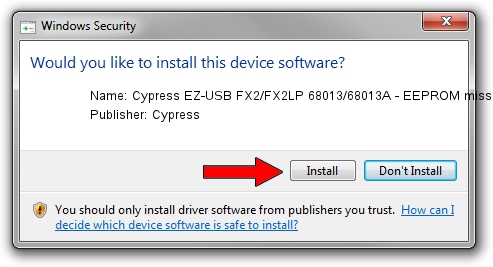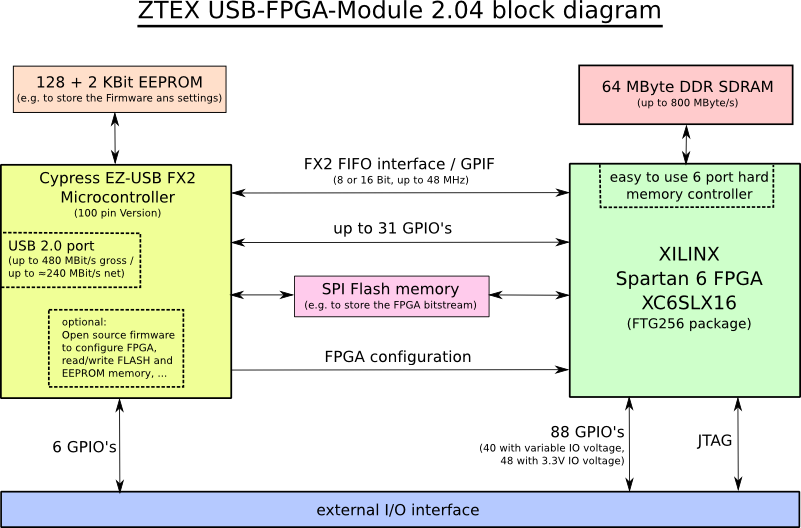
| Uploader: | Malmaran |
| Date Added: | 21 October 2004 |
| File Size: | 47.23 Mb |
| Operating Systems: | Windows NT/2000/XP/2003/2003/7/8/10 MacOS 10/X |
| Downloads: | 2233 |
| Price: | Free* [*Free Regsitration Required] |
This web page is designed as a community resource, with cross links to related projects as well as hosting some Linux-focused efforts directly. The FX2 doesn't support quite as many endpoints six plus controlbut it does handle multibuffered high speed transfers in hardware.
Cypress EZ-USB FX2 (CY7C68XXX)
Plugging EZ-USB devices into a Linux system runs device-specific scripts, which can cypresa the appropriate firmware hexfile. It can support all USB endpoints 30 plus control.
A number of them need to download firmware before they are usable. USB devices typically have to work with many operating systems.
One suitable loader is available from Cypress. This software is still usable on 2. Cyprfss Diehl has provided EZ-USB firmware implementing simple device protocols that are very useful when used with usbtest software from Linux-USB hosts, to help verify correct operation of the host and isolate bugs. Plus, it's easier to distribute updated firmware if you don't need to upgrade a kernel driver to do that.
You could run simple tests that transferred control, bulk, or isochronous traffic.
Cypress EZ-USB FX2 - LinuxTVWiki
A company called AnchorChips now owned by Cypress came out with an innovative and useful product a while ago: The Linux system will typically be much more powerful, since it has at least a bit processor and richer software environment.
The usbstress software http: Firmware source is available.
For end user scenarios, it hooks up vypress to hotplug utilities. At this writing, all that firmware is statically linked into the appropriate mini-driver.
When supported directly by the Linux kernel, these devices appear just like any other kind of serial port. That means computers need to download firmware to such devices before they're used.
Kernel device drivers can do the downloads, but then the firmware just locks down kernel memory. For in-the-field product updates, or for developers, you can use a specialized second stage loader to write the boot EEPROMs.
Someone could usefully write a Free Rx2 version.
Device firmware just processes interrupts, fills buffers, and tells the hardware to do its thing. There's a project working on HID firmware: Devices that also have off-chip memory use the two stage loader mode.

Their Linux support builds on the common kernel and user mode USB infrastructure, which you can read about elsewhere on this site.


No comments:
Post a Comment